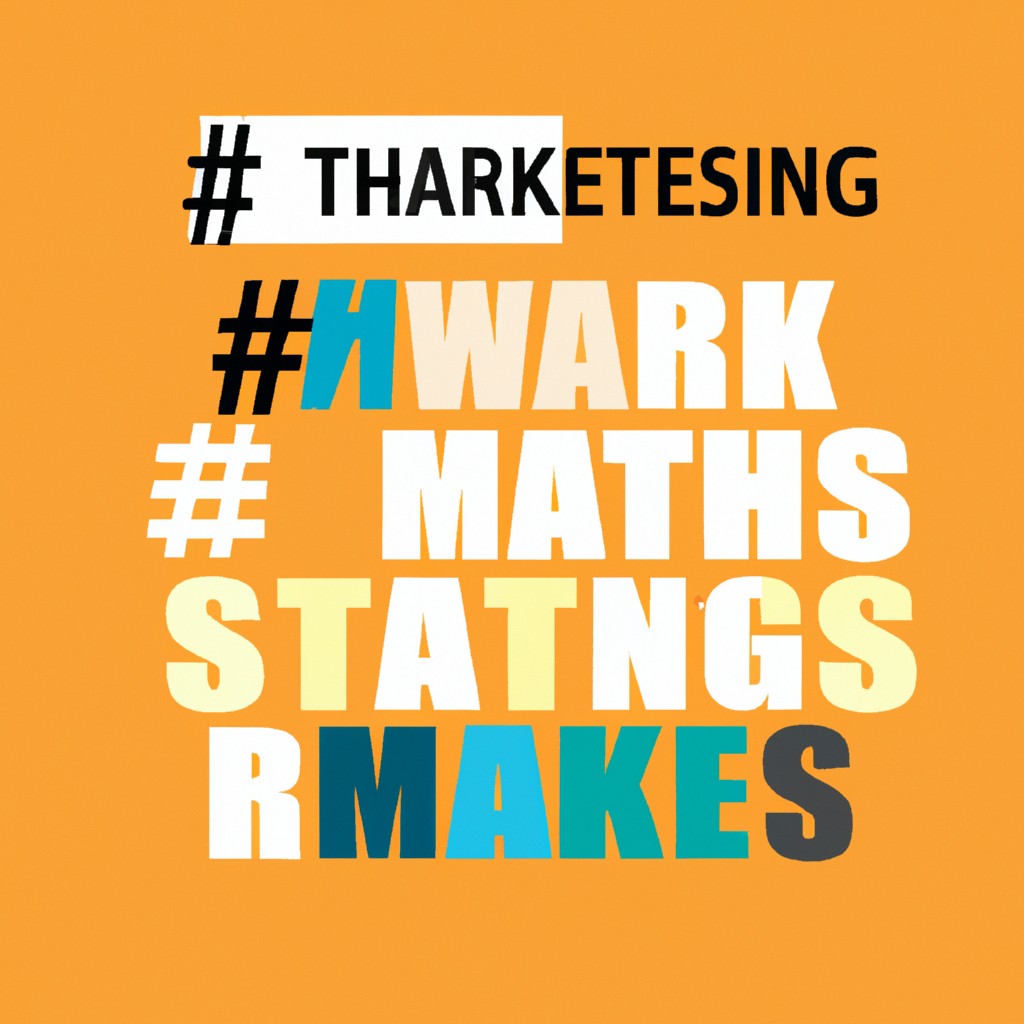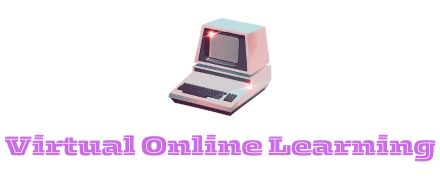Discover powerful strategies to elevate your Twitter marketing game using the influential tool of hashtags.
Harnessing the power of Twitter marketing with hashtags can revolutionize your online presence. This article will provide a comprehensive guide on how to effectively utilize hashtags for Twitter marketing, ensuring your content reaches the right audience and drives engagement.
From understanding hashtag basics, to leveraging trending hashtags, and even creating your own successful branded hashtag, we’ve got it all covered. So, if you’re looking to boost your Twitter marketing strategy, stay tuned for a wealth of information that will set you on the path to hashtag mastery.
Key takeaways:
- Hashtags categorize content and amplify your message to a broader audience.
- Select relevant hashtags, create unique ones, and keep it simple.
- Craft tweets with relevant hashtags, limit to 1-3 hashtags.
- Monitor hashtag performance using analytics tools.
- Adjust hashtag strategy based on analysis, refresh hashtags, and vary their use.
Importance of Hashtags in Twitter Marketing

Hashtags serve a crucial role by categorizing content and making it discoverable for Twitter users. These clickable keywords allow potential followers to find your content when it otherwise might have been hidden. They also play a key role in amplifying your message to a broader audience beyond just your followers. This boosts interaction rates and creates additional opportunities for engagement.
Furthermore, they help to track discussions around specific topics, allowing you to monitor what’s being said about your brand or industry. Marketers can identify trending hashtags and adopt them strategically to promote their content, increase reach and drive traffic.
In essence, hashtags are your vehicle to engage and be part of broader conversations, indicating social involvement, and showing that your brand has its pulse on current trends. It’s part science and part art – the magic lies in striking the right balance.
Selecting the Right Hashtags for Your Brand
Selecting apt hashtags isn’t merely about using popular terms. It’s a fine balance between aligning with ongoing conversations while staying unique. Here are points to enlighten you further.
1. Identify Relevant Hashtags: Explore hashtags being used by your competitors or influencers in your industry. Use those relevant to your brand.
2. Consistency Counts: Establish a series of hashtags pertinent to your brand and consistently use them.
3. Unique Brand Hashtags: Dare to be different! Create unique brand-specific tags. They can be your brand name, tagline, or a campaign phrase.
4. Trend Jacking: Tailor content around trending hashtags. It helps in garnering attention.
5. Keep it Simple: The easier it is to remember and spell, the more likely it will be used by others.
6. Use Hashtag Tools: Tools like Ritetag and Hashtagify aid in identifying popular and relevant tags.
Remember, nothing is written in stone. Keep evaluating and tweaking. The intent is to get noticed by the right followers without being lost in the crowd.
Crafting Tweets With Effective Use of Hashtags
In effectively using hashtags in your tweets, keep these key strategies in mind:
1. Be Relevant: Use hashtags that align with your brand and the message conveyed in your tweet, refrain from attaching popular or trending hashtags that have no connection with your content.
2. Less is More: Limit your tweets to 1-3 hashtags. Overuse can lead to your tweet being perceived as spam, putting off potential engagement.
3. Capitalize Words: For better readability, capitalize the first letter of each word in your hashtag – #OnlineLearning instead of #onlinelearning.
4. Utilize Trending Hashtags: If a hashtag is trending and it ties in with your brand, definitely jump on that opportunity. Also participate in relevant Twitter chats or events to leverage their specific hashtags.
5. Be Specific: The more specific your hashtag, the more targeted your audience will be, which usually leads to better engagement.
6. Research Hashtags: Before using them, research the hashtags. Check their popularity, previous uses, and whether they have any unintended meanings.
7. Call-to-action Hashtags: This can be an effective strategy for encouraging your followers to perform a specific action you desire.
Building a Marketing Strategy Around Hashtags
When building a hashtag-focused marketing strategy, we must consider certain key points. Brands often aim for widespread visibility, but a well-targeted approach can bring more valuable and engaged followers. Identify your target audience and understand their hashtag use – it gives insight into topics that interest them.
More is not necessarily better where hashtags are concerned. Twitter’s best practices recommend a maximum of two hashtags per tweet. Excessive usage may put you at risk of “shadowbanning” by Twitter’s algorithms or deter your audience because they may view the content as spam.
Evergreen hashtags – those applicable year-round, and event-specific or trend-driven hashtags make for the two broad categories one should consider. The former is suitable for regular posts, while the latter aligns with specific, timely events or trends, occasionally seen as a quick way to capture attention.
Inclusion in Twitter chats proves beneficial, as these increase reach and interaction. A Twitter chat is a public conversation on the platform around one unique hashtag. By engaging in these chats, brands interact with users who have expressed interest in the topic related to their product or service.
Remember to switch up your hashtags occasionally to keep your content fresh and explore new potential markets. However, always ensure that the hashtags remain relevant to your brand and content.
While targeted hashtags help focus on your niche, trending hashtags expose you to a larger audience. Although it’s essential to jump on relevant trends, it’s also critical to ensure the trend aligns with your brand. Misuse can lead to negative press or dissatisfied followers.
Ultimately, your hashtag strategy should form part of a larger, comprehensive Twitter strategy. Emphasizing hashtags without focusing on content creation and follower engagement might not yield the expected results.
Monitoring Hashtag Performance in Twitter Marketing
Monitoring your chosen hashtags is crucial. You can use tools like Twitter’s native analytics or other applications like Hootsuite or Sprout Social. These allow you to track how your hashtags are performing in real time.
The key metrics to keep an eye on include:
- Reach: The number of Twitter users who have come into contact with your hashtag.
- Engagement: How users interact with a Tweet that includes your hashtag. This can be retweets, comments, likes, and more.
- Frequency: The number of times the hashtag is being used across the platform.
- Sentiment: The emotional response or opinion Twitter users have towards your hashtag.
Remember, too, that it’s not just about numbers. Analysing the sentiment around your hashtags or the quality of engagement can offer a more in-depth understanding of your hashtag performance. Understanding these aspects can help you make necessary adjustments, ensuring that your Twitter marketing campaign stays effective.
Barriers and Solutions in Twitter Hashtag Marketing
When diving into the world of hashtag marketing, one might encounter a few obstacles. Prominent among these are excessive hashtag usage, using irrelevant or unpopular hashtags, and a lack of a consistent brand message across hashtags.
To overcome these challenges, solutions have to be context-aware and specific. Firstly, moderation is key – using too many hashtags can lead to your tweet looking like spam, reducing the likelihood of user engagement. As a rule of thumb, try to limit hashtag usage to 1-2 per tweet.
Secondly, ensuring relevance of your hashtags can increase visibility and interaction rates. Tools like Hashtagify can help you find trending hashtags related to your brand, making your tweets more searchable.
Lastly, maintaining a consistent brand message across your chosen hashtags is essential. By creating your unique brand hashtags, you not only control the narrative but also make it easier for your audience to engage with your content.
Remember, effective hashtag marketing is about relevancy and balance. Keep analyzing your performance and adjusting your strategies to stay on top of your game.
Tweaking Hashtag Strategy Based On Performance Analysis
Performance analysis gives crucial insights into the efficacy of your hashtag strategy. It helps identify which hashtags fuel engagement and which ones fall flat. Using these insights, consider the following tweaks:
1. Refresh Your Hashtags: If certain tags aren’t driving traffic, it may be time for an update. Find new hashtags relevant to your content or try to ride trends responsibly.
2. Adjust Frequency: Very popular tags have a high volume of tweets associated with them. Boosting your tweet frequency may help your content gain visibility in these crowded spaces.
3. Vary Your Hashtag Use: Consider using a larger mixture of broad and niche hashtags. While broad tags might land larger audiences, niche ones often bring more engaged users.
4. Competitor Analysis: Evaluate which hashtags your competitors are using successfully. There may be some you haven’t considered.
By regularly evaluating your hashtag performance and making necessary adjustments, you can ensure you’re reaching the most engaged and relevant audience for your brand. Always be willing to adapt and evolve your strategy based on your analysis results.
FAQ
Do hashtags work on Twitter ads?
Yes, hashtags work on Twitter ads and can even increase the attention an ad receives by nearly 10%.
Is it worth using hashtags on Twitter?
Yes, using hashtags on Twitter is worthwhile as it increases the visibility of your tweets by positioning them favorably in search results, thus reaching a larger audience.
Can hashtags be followed on Twitter?
Yes, hashtags can be followed on Twitter to gain valuable insights, spot trending topics, and discover relevant Twitter accounts.
How can businesses effectively utilize hashtags in their Twitter marketing strategies?
Businesses can effectively utilize hashtags in their Twitter marketing by identifying popular and relevant hashtags, incorporating them organically in their content and monitoring their performance regularly.
How does the use of trending hashtags influence Twitter engagement rates?
The use of trending hashtags can significantly increase Twitter engagement rates by making tweets more discoverable and relevant to current online discussions.
What are the best practices for selecting and using hashtags in Twitter campaigns?
The best practices for selecting and using hashtags in Twitter campaigns include identifying relevant keywords, monitoring trending topics, utilizing short and simple tags, limiting the number of tags, and analyzing hashtag performance for consistent optimization.
